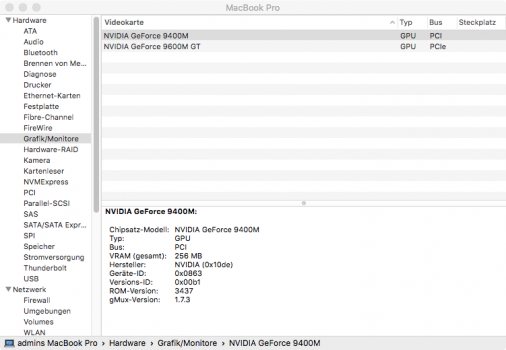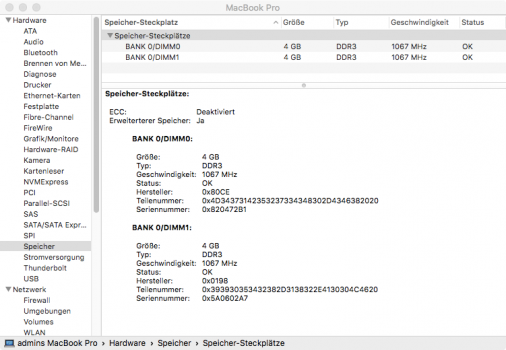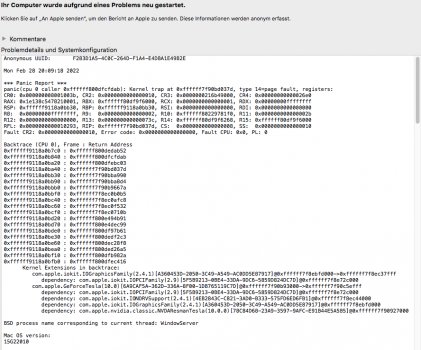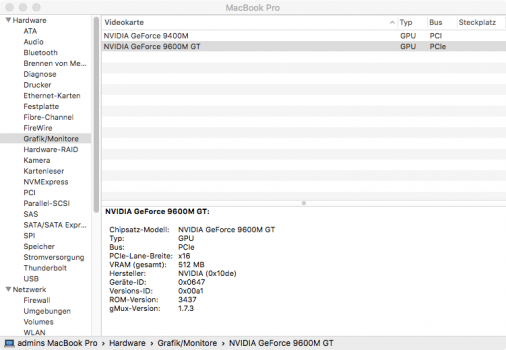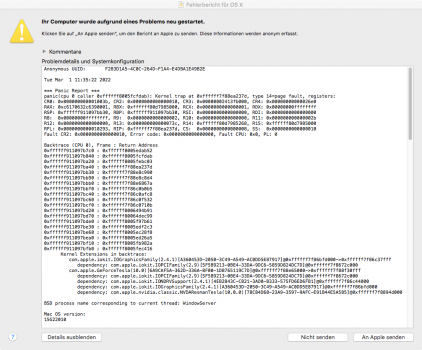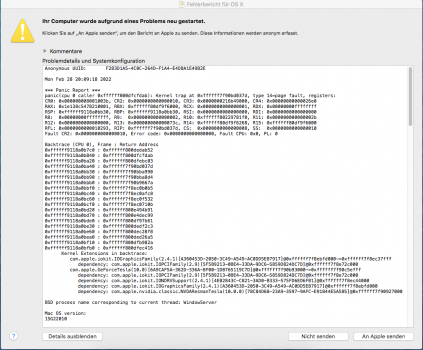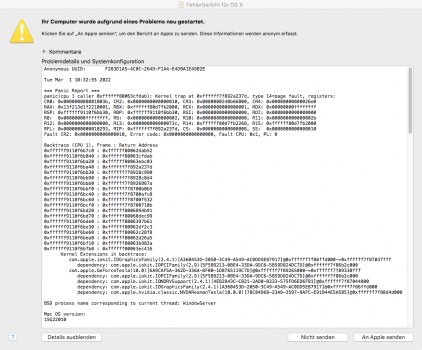Hi folks, I need some help!
After running MojavePatch on early2008 MBPs flawlessly, yesterday I tried to install MojavePatch onto a late2008 2,8GHz 15" MacBookPro5,1 without any success so far.
Installation of Mojave runs fine, Patcher (with recommended settings for that very model) as well, but when the patched Mojave is to boot for the first time, then the MBP always runs into a Boot-Loop as soon as progress-bar reaches 50% on the light-gray boot-screen with darker grey Apple-logo.
The MBP came with 8GB of RAM, a 250GB Samsung 850 Pro SSD and ElCapitan.
Is there anything I have to consider?
I'm gonna try HighSierra and/or CatalinaPatcher just now and let you know about progress ... But I'd rather stay with Mojave because of 32bit support and dark-mode.
Edit: changed thread-title, because Mojave-Patch or any other patch isn't to blame.
Previous title: "MojavePatch won't install on late2008 15" MacBookPro5,1"
After running MojavePatch on early2008 MBPs flawlessly, yesterday I tried to install MojavePatch onto a late2008 2,8GHz 15" MacBookPro5,1 without any success so far.
Installation of Mojave runs fine, Patcher (with recommended settings for that very model) as well, but when the patched Mojave is to boot for the first time, then the MBP always runs into a Boot-Loop as soon as progress-bar reaches 50% on the light-gray boot-screen with darker grey Apple-logo.
The MBP came with 8GB of RAM, a 250GB Samsung 850 Pro SSD and ElCapitan.
Is there anything I have to consider?
I'm gonna try HighSierra and/or CatalinaPatcher just now and let you know about progress ... But I'd rather stay with Mojave because of 32bit support and dark-mode.
Edit: changed thread-title, because Mojave-Patch or any other patch isn't to blame.
Previous title: "MojavePatch won't install on late2008 15" MacBookPro5,1"
Last edited:


